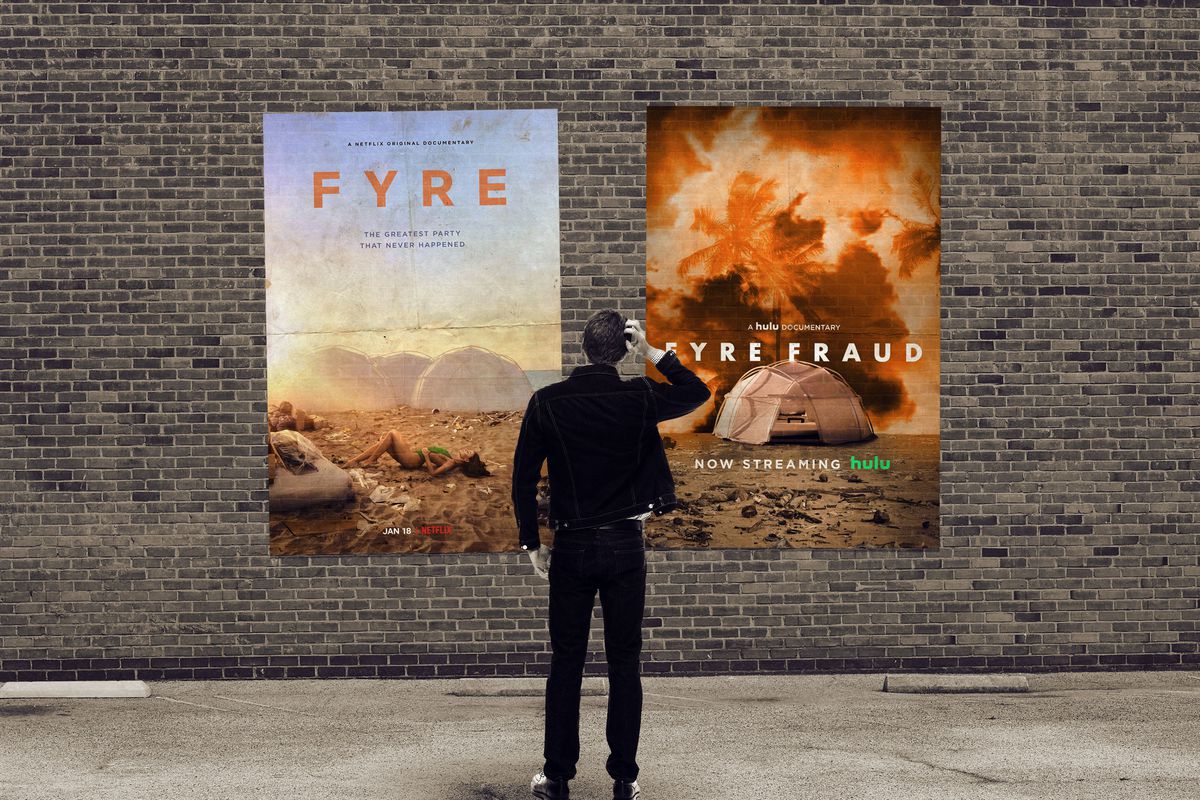If you had any access to the internet during the spring of last year, you may have heard of an ill-fated Instagram ploy known as the Fyre Festival. Promising an island full of models, blue waters and booze, the Fyre Festival promised to be one of the biggest FOMO inducing events of the year. At least until it wasn’t. When “party”-goers arrived, they were shocked to find FEMA tents instead of villas and concrete runways instead of sandy beaches, with few ways off the god-forsaken private island.
Who’s the sociopath that thought they could pull this off? His name is Billy McFarland, and this isn’t even the first con he’s pulled off. In Hulu’s documentary “Fyre Fraud,” McFarland boasts about his broken crayon “business,” where he swindled dollars from children to fix their crayons (apparently these children were too stupid to sharpen the other end). This led him to a life of scamming that then resulted in the elite millennial “black card” called Magnises, which McFarland notes has a spelling error but failed to acknowledge that this is the single worst name to give anything ever.
Now that you have a (very) general idea about what went down that ill-fated weekend, you might be asking yourself, why should I care? The answer is that two different documentaries have come out in the span of a week about the Fyre Festival. Hulu did a surprise drop of their documentary “Fyre Fraud” before Netflix had the chance to capitalize on the fraudulent festival with their documentary “Fyre: The Greatest Party that Never Was.” Now, both documentaries are good; you can’t really go wrong on a film about overzealous millennials willing to overspend to get the Instagram dream but winding up with a nightmare orchestrated by a wealthy con man.
But there are some stark differences between the two tales of the Fyre Festival.
By utilizing McFarland in sit-down interviews, Hulu’s documentary gives a larger understanding of what would possess a man to come up with such a harebrained idea to pull off in such a short time. Unfortunately, those sit-down interviews are also a point of contention for the documentary, since it has come to light that they paid McFarland a considerable sum, reportedly $250,000, for his interview and exclusive footage. Where the film might have some issues, it makes up for it in building drama and creating a visceral feeling surrounding almost everything being reported.
Netflix’s documentary dives right into the Fyre Festival planning and generally follows a more linear storytelling route. This film has a more polished vibe and flows well from insane idea, to enticing promo video, to a sold-out event that was not coming together, to, finally, a disappointing and hellacious money pit. Like the Hulu documentary, there is an issue that should be taken into consideration: Co-executive Producer Elliot Tebele, the founder of Jerry Media, was key in promoting the Fyre Festival via their biggest account, “fuckjerry,” on Instagram, although they claim they were duped just like everyone else (yes, even your favorite meme account isn’t safe).
In the end, both documentaries are substantial despite outlying issues. As for the resolution to this crazy-enough-to-be-true story, McFarland pled guilty to two counts of wire fraud- both related to Fyre Festival- and a fraudulent ticket-selling service, and he is yet to face class-action lawsuits coming his way. Turns out some Fyres are better left unlit.



